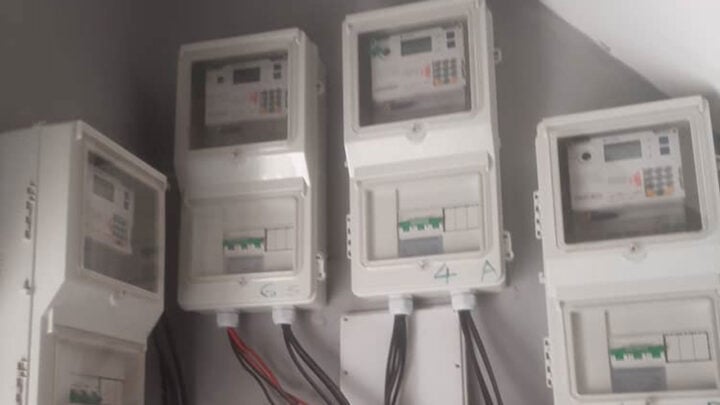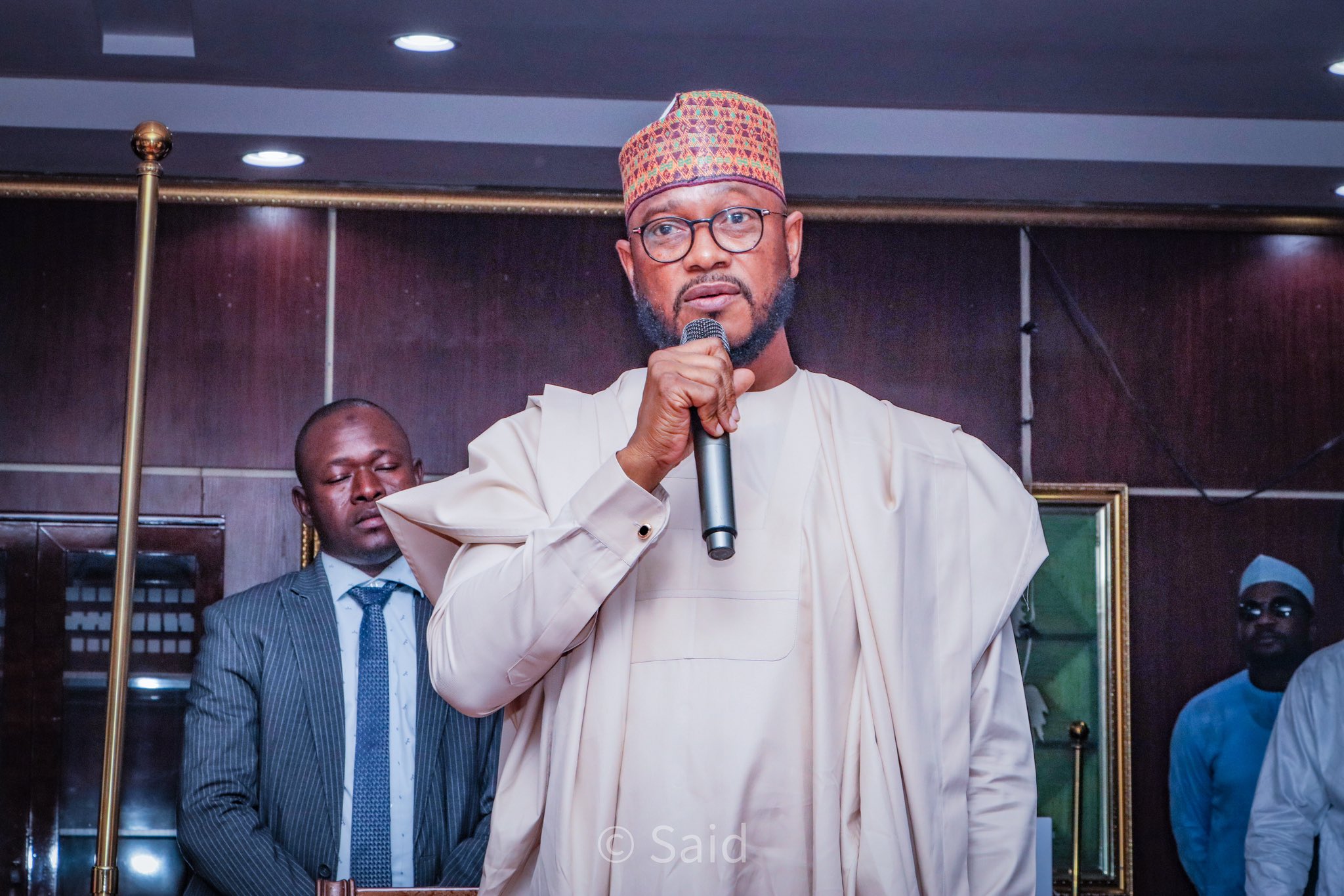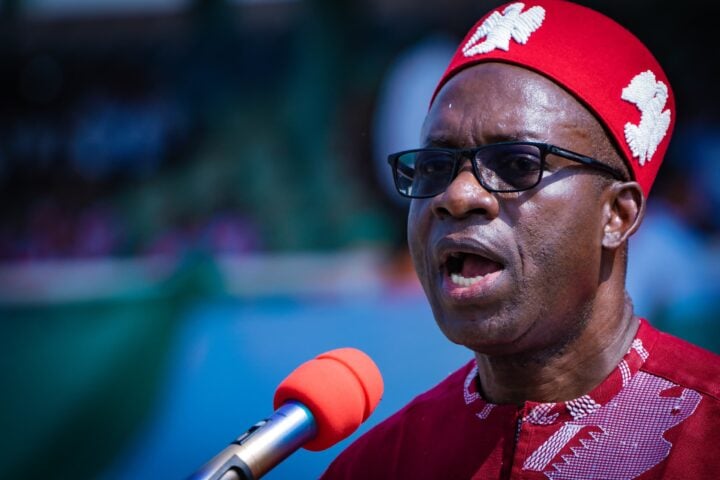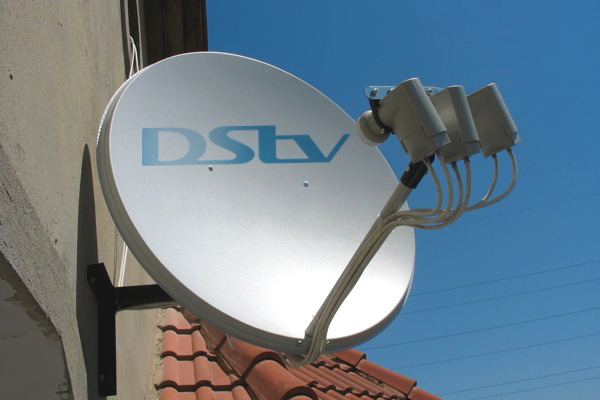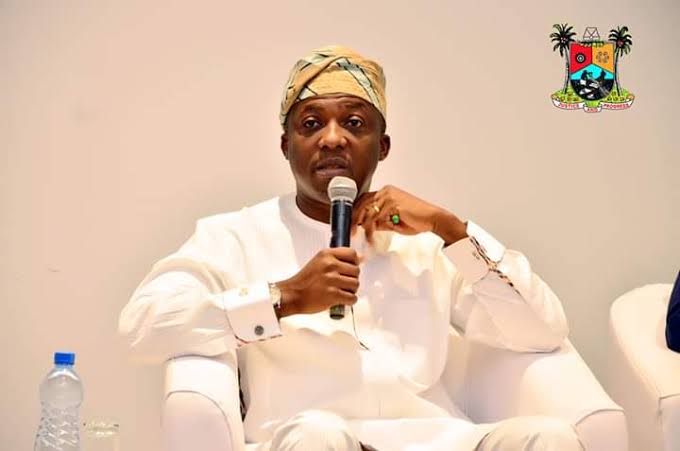BY SOLOMON UWAIFO
Nigeria’s Minister of Power, Chief Adebayo Adelabu, a Chartered Accountant, pitched his tent with Nigeria Electricity Regulatory Commission (NERC) and DisCos, to reduce the financial problems of NESI to the quantum of Disco’s monthly revenue streams.
Apparently because NERC could not deal with the engineering and commercial engineering issues, which limited the streams, it convinced the government, and the Minister agreed that what government needed to do was to increase monthly revenue streams.
To achieve the stream, it agreed to divert electricity to those who were adjudged able to pay the higher price range, determined by NERC.
The truth is that this has been a joint effort of NERC and Disco over the past three years or thereabouts. The plan was to test what the market could pay for electricity in Nigeria.
ADVERTISEMENT
Advertisement
It was not about scientific rate-making to determine any cost-reflective tariffs, a much talked about issue of the times. In Ikeja, the DisCo had successfully negotiated a bi-lateral agreement that included new tariffs, with a number of areas including Ikeja GRA, before it started negotiations with Maryland Crescent, MC, where this writer still lives. Ikeja Electric, IE, told MC that the tariff included in its bi-lateral agreement was confidential and was not to be disclosed to neighbours in Shonibare or Cappa Estates with whom IE was also negotiating at about the same time. That stage preceded the joint creation of bands A, B, C, D, E and F, here in Ikeja and throughout the country.
The tariff havoc Nigeria is dealing with in Nigerian Electricity Supply Industry (NESI) now had no basis in science, technology or engineering. The prices IE arrived at, two or three years ago were haggled. In MC, it started in the upper N50s per kWh. MC could only negotiate it down about three N3 per kWh. With three or four increases in the two years or so after, the price rose to about N72 per kWh.
It was Nigeria’s informal economy tactics at full throttle all the way. MC also haggled a penal charge if IE failed, but the amount finally agreed and written in the bilateral agreement was too ridiculous for anyone to think of imposing it in spite of the plethora of breeches since then. In one of the meetings, this writer questioned IE thus: MC and IE already had a contract regulated by NERC. Why are you negotiating another agreement when we already have one backed by statute?
Advertisement
The question sounded irrelevant because residents were more interested in the hope of a better service than in legalese. IE stuttered trying for an answer, but it overcame the blemish with an implausible promise that it had negotiated a 200 MVA supply from Egbin Power Station, to ensure that IE could fulfill the task to serve MC even in the event of system collapses.
The body languages around, forbade further expressions of misgivings and doubts. However, this writer told IE sharply that it could never do that. And IE has always failed to do it.
About three years after the haggle, and without the backing of science or engineering, NERC and the Minister have gone ahead to multiply the three or four times increased haggled price, to almost threefold, as Band A price MC has to pay.
They say this is cost-reflective. This writer says that it is a hoax. Every rate-maker sets out to establish the basic cost of electric power, which includes the cost of generation, transmission, cost of delivery to the distribution link, and the cost to serve the customer.
Advertisement
That is the cost that tariffs reflect, except that as a regulated enterprise, there is matter of the Rate of Return on investment, ROI, allowed and which, under the Cost of Service Regulation previously in force, was eight per cent. Under Performance Based Regulation now in force, this writer does not know.
Government restraint stops rates from being cost reflective. And it is government’s duty to remove whatever curbs it has imposed on the rates, which should have been charged. For example, the rich or industry paying electricity of the challenged, is a curb on cost reflective tariff.
These days, NESI has Nigerians in electric power supply restraint here and there. Total power generated, as well as generation-mix, are inadequate to serve Nigeria’s current power needs. The most serious of the after effects of SAP of the mid-1980s was the collapse of NESI services. Expert rate-makers last reviewed its tariff in 1968. In spite of the Civil War, the joining together of the ECN and the NDA to form NEPA, the Military Government creation of many new states, new growth centres, across the country, and the fact that Nigeria built most homes and civil engineering structures then than at any other time in her history, its tariff was not reviewed in nearly 20 years. These are dealt with in my book, And the Lights Dimmed, due this month.
Faced with decrepit distribution networks of medieval design, the Military Government agreed that the tariff be reviewed in the late 1980s, but refused the import of rate-making experts.
Advertisement
Meanwhile, NEPA had no one able to design electric rate and structures, but it came up with its own rate for the first time. Everyone interpreted that tariff differently and it was hardly bill-able.
A terrible time NEPA cooked up something slightly better. Given the unreliable power supply at the time, serious industries in the country quit public networks for their individual power plants. Effectively then Nigeria began to operate parallel electric utilities. And NESI has remained incapacitated by that experience.
Advertisement
Typical of electric power supply business, is that industries drive it to success. That means that it’s not viable without industries. All over the world, they are subsidised if they are public-owned utilities. Investor-owned utility such as the American Electric Power, relies on innovative commercial engineering techniques for survival and success.
The problem with Nigeria is that her industries serve themselves in-house at crippling costs and do not drive public power supply networks operated by the Discos. As is, therefore, NERC and the Minister are treating residential households as if they are factories. That is what the Minister and NERC are doing and it is not right. What will work now and always, is to return EVERY INDUSTRY IN NIGERIA to the public networks re-engineered and re-built with controls, to modern standards.
Advertisement
This will not take the humongous amount being directed to Lagos to Calabar Highway by the sea. And will be an investment in the lifeblood for industrialisation and modernisation that will revive every sector in Nigeria. This writer is ready to direct the start of the re-engineering and re-building journey, if he is needed.
The saddest mistake NESI governance and management ever made was that they could not imbue the industry with a culture of Commercial Engineering, between 1951 and 2013. That is why Nigeria has no one working in the sector now, who can design electric rates. It remains baffling why.
Advertisement
For goodness sake let no one out there pretend. Nigeria has had enough. The country’s rate quagmire has been here since the upper 1980s. It’s time it’s cleaned up. Only international Rates Consultants can carry out a countrywide study that will set Nigeria free on the right path, and away from the tariff mess.
Uwaifo, former area manager, ECN, Northern Nigeria.
Views expressed by contributors are strictly personal and not of TheCable.
Add a comment
